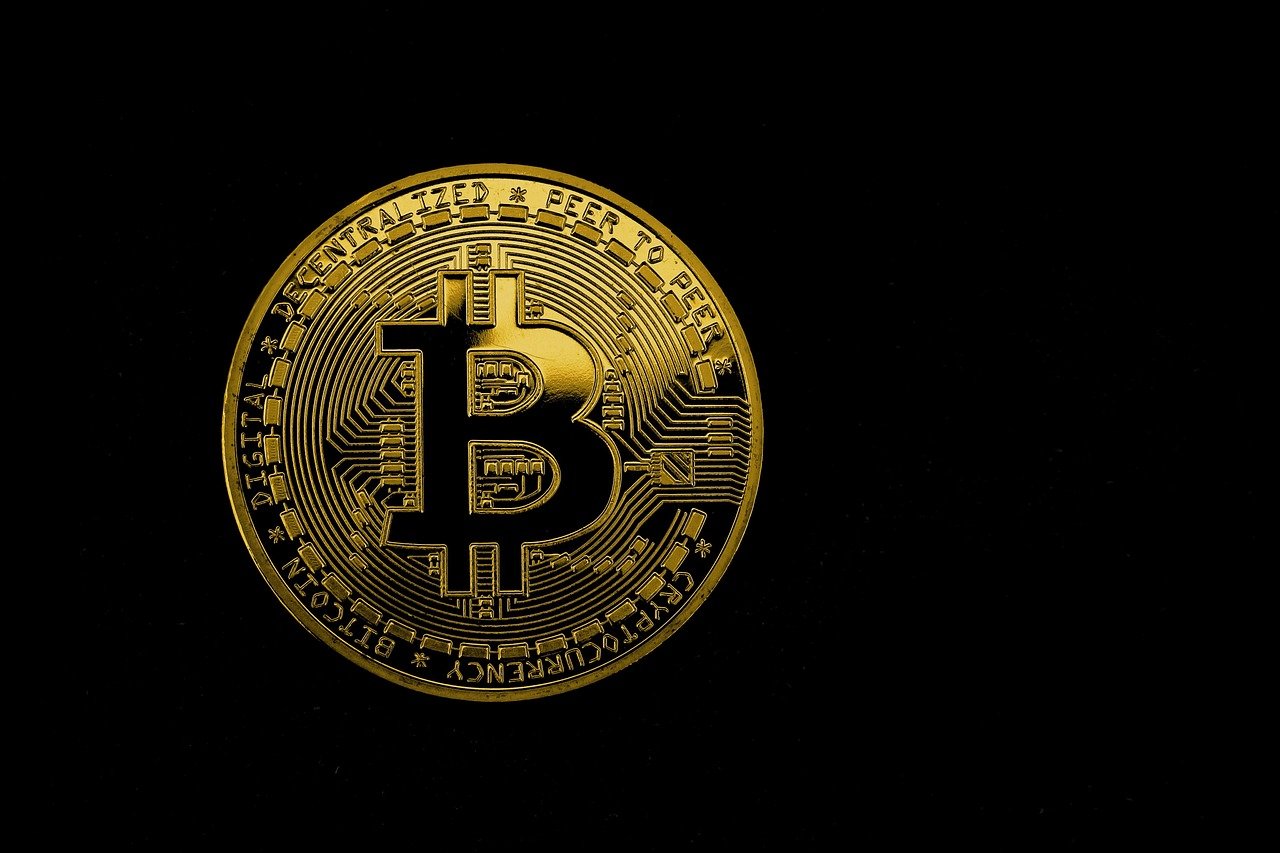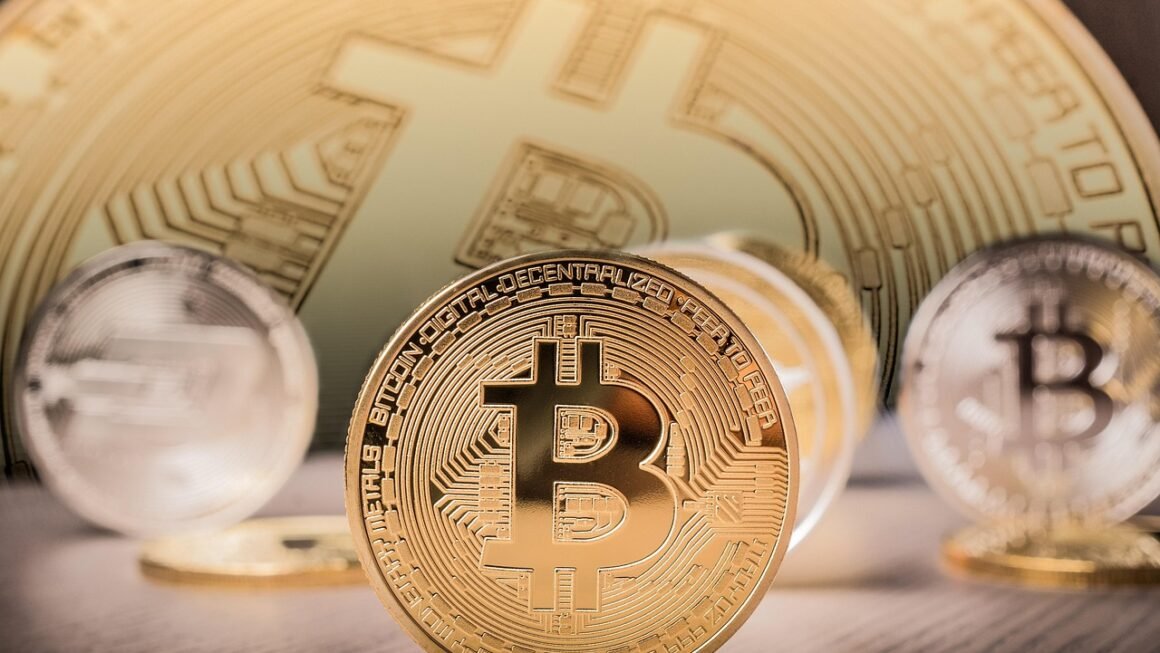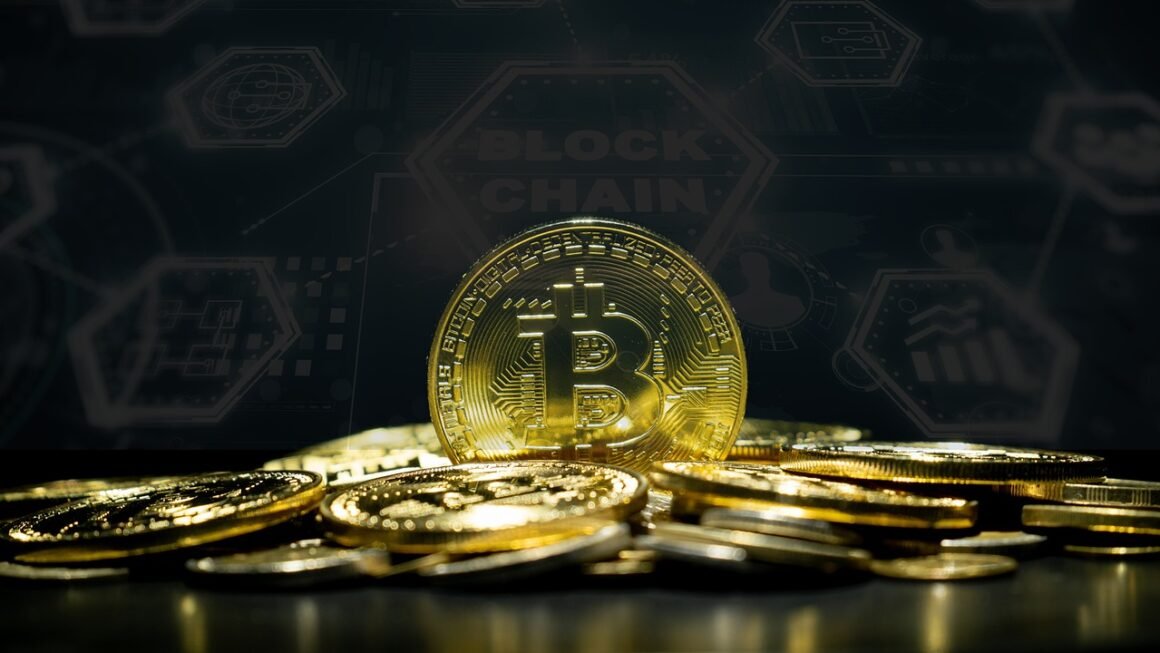Tokenization is rapidly transforming various industries, from finance and real estate to art and intellectual property. This innovative process allows for the fractionalization of assets, making them more accessible, liquid, and transparent. Whether you’re a seasoned investor or just curious about the future of asset ownership, understanding tokenization is becoming increasingly crucial in today’s digital landscape. Let’s dive in and explore the ins and outs of this groundbreaking technology.
What is Tokenization?
Defining Tokenization
Tokenization is the process of converting rights to an asset into a digital token on a blockchain. Think of it as digitizing ownership. Instead of traditional ownership certificates or physical assets, tokenization represents ownership with digital tokens. These tokens are verifiable and transferable on a blockchain, offering enhanced security and transparency. This process can apply to almost any asset imaginable, including:
- Real estate
- Stocks and bonds
- Art and collectibles
- Intellectual property (patents, copyrights)
- Commodities (gold, oil)
How Tokenization Works
The process involves creating a digital representation of the asset on a blockchain. This usually involves the following steps:
Key Benefits of Tokenization
Tokenization offers several advantages over traditional asset management:
- Increased Liquidity: By fractionalizing assets, tokenization makes them more accessible to a broader range of investors, leading to increased trading volume and liquidity.
- Enhanced Transparency: Transactions are recorded on the blockchain, creating a transparent and auditable history of ownership.
- Improved Efficiency: Tokenization automates many manual processes, such as transfer of ownership and dividend distribution, reducing costs and increasing efficiency.
- Fractional Ownership: Allows smaller investors to participate in high-value assets like real estate or fine art.
- Global Accessibility: Tokens can be traded globally, opening up new markets and investment opportunities.
Tokenization in Finance
Security Token Offerings (STOs)
Security Token Offerings (STOs) are a popular method of raising capital through tokenization. Unlike Initial Coin Offerings (ICOs), STOs are compliant with securities regulations, providing investors with greater protection. Security tokens represent ownership or economic rights in an underlying asset, such as equity or debt.
- Regulation: STOs are subject to securities laws, which helps ensure transparency and investor protection.
- Compliance: Companies conducting STOs need to comply with KYC/AML regulations.
- Investor Confidence: Increased regulation translates to more confidence from investors.
Tokenized Securities
Tokenization is revolutionizing traditional securities markets by bringing assets like stocks, bonds, and derivatives onto the blockchain. This enables faster settlement times, reduced counterparty risk, and 24/7 trading.
- Real-World Example: Companies like tZERO are pioneering the trading of tokenized securities, offering investors access to alternative investment opportunities.
- Benefits:
Faster transaction settlements
Reduced operational costs
Increased access for retail investors
Decentralized Finance (DeFi) and Tokenization
Tokenization is playing a key role in the growth of DeFi by enabling the creation of synthetic assets, lending platforms, and other innovative financial products. For example, tokenized gold can be used as collateral in DeFi lending protocols.
- Synthetic Assets: Tokenization allows for the creation of synthetic assets that mimic the price of other assets, such as stocks or commodities.
- Lending Platforms: Tokenized assets can be used as collateral for borrowing and lending on DeFi platforms, creating new opportunities for yield generation.
Tokenization in Real Estate
Fractional Real Estate Ownership
One of the most promising applications of tokenization is fractional real estate ownership. By tokenizing real estate assets, developers and property owners can sell fractions of a property to multiple investors, making real estate investment more accessible.
- Example: A luxury apartment building can be tokenized into 10,000 tokens, each representing a fraction of ownership. Investors can purchase these tokens and receive a share of the rental income or capital appreciation.
- Benefits:
Lower entry barriers to real estate investment
Increased liquidity for real estate assets
Diversification opportunities for investors
Real Estate Investment Trusts (REITs) and Tokenization
Tokenization can enhance the efficiency and accessibility of Real Estate Investment Trusts (REITs). By tokenizing REIT shares, these trusts can attract a wider pool of investors and reduce administrative costs.
- Improved Efficiency: Tokenization streamlines the process of buying and selling REIT shares, making it easier for investors to participate.
- Wider Investor Base: Tokenization opens up REIT investments to a global audience, increasing demand and liquidity.
Smart Contracts in Real Estate Tokenization
Smart contracts play a crucial role in automating various aspects of real estate tokenization, such as rent collection, distribution of profits, and property management.
- Automated Rent Collection: Smart contracts can automatically collect rent from tenants and distribute it to token holders proportionally.
- Transparent Governance: Smart contracts can be used to facilitate voting on property management decisions, ensuring transparency and accountability.
Tokenization Beyond Finance and Real Estate
Art and Collectibles
Tokenizing art and collectibles opens up a world of opportunities for artists, collectors, and investors. Artists can directly monetize their work by issuing tokens representing ownership or usage rights.
- Digital Art Marketplaces: Platforms like SuperRare and Nifty Gateway allow artists to create and sell tokenized art.
- Fractional Ownership of High-Value Art: Tokenization enables multiple investors to jointly own and appreciate valuable artworks that would otherwise be inaccessible.
Intellectual Property (IP)
Tokenizing intellectual property, such as patents and copyrights, can streamline the process of licensing and monetization. It can also help protect IP rights by creating an immutable record of ownership on the blockchain.
- Simplified Licensing: Tokenization makes it easier to track and manage IP licenses, ensuring that creators are properly compensated for their work.
- Protection of IP Rights: The blockchain provides a secure and transparent record of IP ownership, making it more difficult for infringers to claim ownership.
Supply Chain Management
Tokenization can be used to track and trace products throughout the supply chain, ensuring transparency and authenticity. For example, tokenized diamonds can be tracked from the mine to the consumer, preventing fraud and ensuring ethical sourcing.
- Transparency and Authenticity: Tokenization provides a tamper-proof record of product origin and movement, increasing consumer confidence.
- Improved Efficiency: Tokenization streamlines the process of tracking and managing goods, reducing costs and delays.
Conclusion
Tokenization is a powerful technology with the potential to revolutionize a wide range of industries. By fractionalizing assets, increasing liquidity, and enhancing transparency, tokenization is creating new opportunities for investors, creators, and businesses alike. As the regulatory landscape evolves and the technology matures, we can expect to see even more innovative applications of tokenization emerge in the years to come. It’s crucial to stay informed and explore the possibilities that tokenization offers in the ever-evolving digital world.



